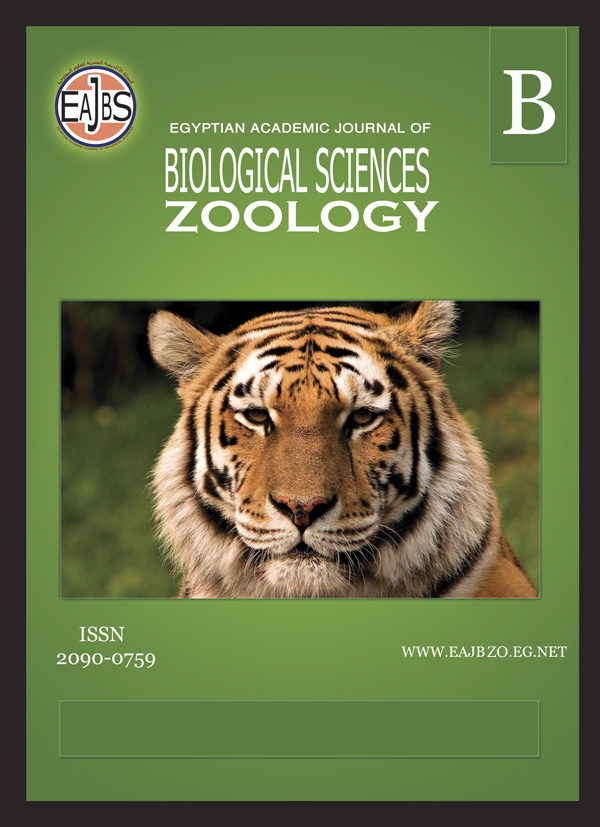The objective of this study was to determine the toxicity of the neem biopesticide (Triology); extracted from the neem tree, Azadirachta indica; on the grass carp fish “Ctenopharyngodon idella as well as investigation its hypoglycaemic effect on liver carbohydrates content and plasma glucose levels. The obtained results showed that exposing the fish to gradual concentrations (ranged from 20 to 180 mg/l) of this toxicant has led to abnormal symbtoms of the fish. These were charachterized by loss of balance, with an initial increase in the opercular ventilation rates which then decreased significantly. Moreover, darkening of the exposed fish, erratic swimming, and respiratory distress were observed prior to death. However, the calculated 96 h LC50 of this pesticide was112 mg/l. For investigation of the hypoglycaemic effect, fish were divided to three groups: (i) Fish were exposed to 1/10 LC50 (11.2 mg/L) of the pesticide for 15 day, then sampled after intervals of 5, 10 and 15 days post exposure which followed by 10 days recovery, then sampled after intervals of 5 and 10 days. (ii) Fish were exposed to 1/2 LC50 (56 mg/L) of neem pesticide for 6 days, then they were sampled after successive intervals of 2, 4 and 6 days of exposure followed by 6 days recovery where fish were sampled after intervals of 3 and 6 days. (iii) control group. The results revealed that general carbohydrates; as illustrated by PAS-reaction in the liver; were subjected to gradual and marked reductions after different time intervals of exposure. At the end of recovery period, an improvement in the liver carbohydrate contents could be observed. Furthermore, the present investigations suggested that the two different treatments of C. idella with Triology have induced marked reduction in plasma glucose. However, during the both 2 recovery periods, the fish groups did not show complete recovery. The data suggests that A. indica could be of benefit in diabetes mellitus in controlling the blood sugar or may also be helpful in preventing or delaying the onset of the disease.


